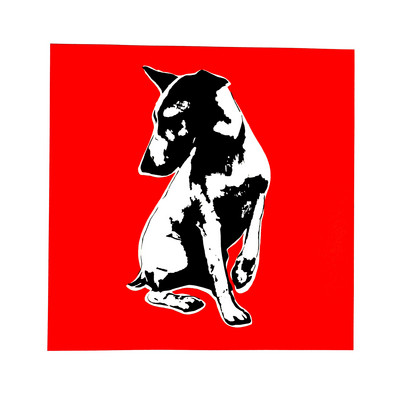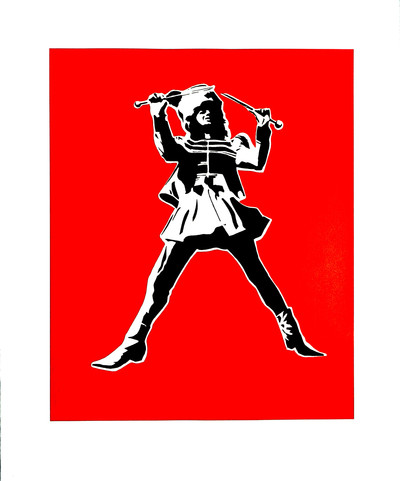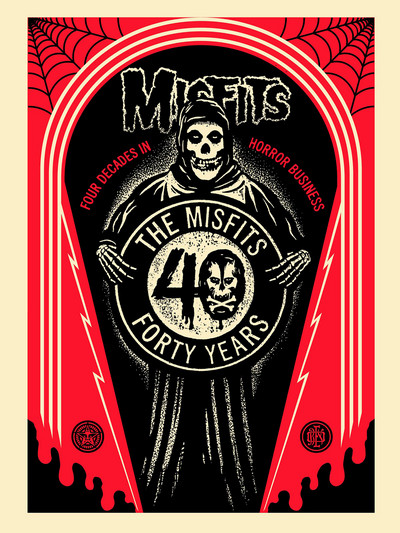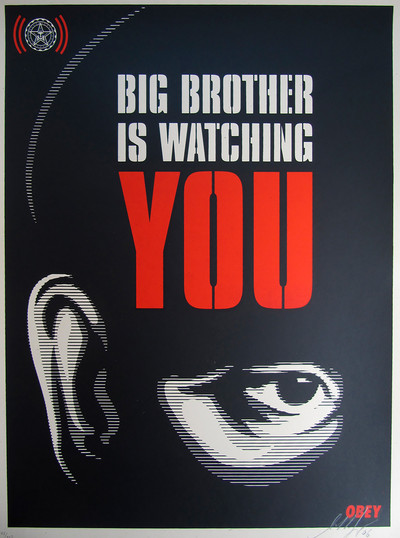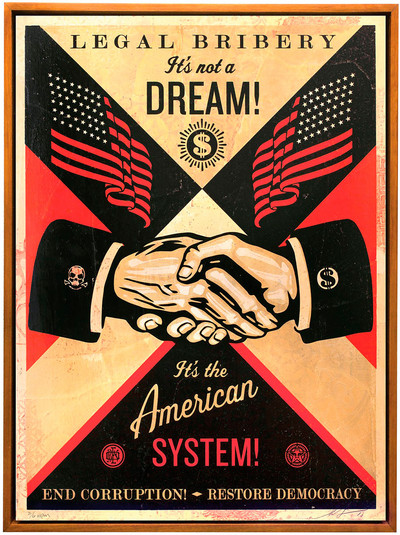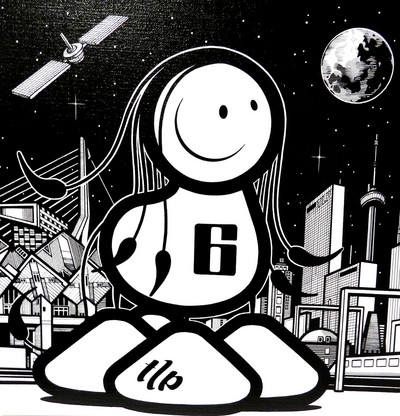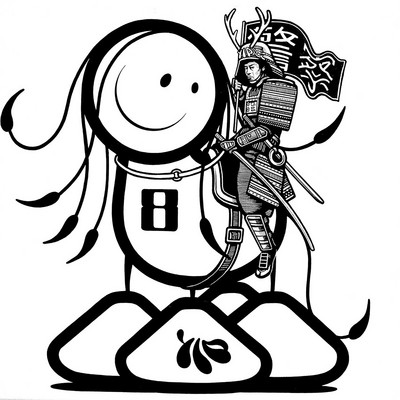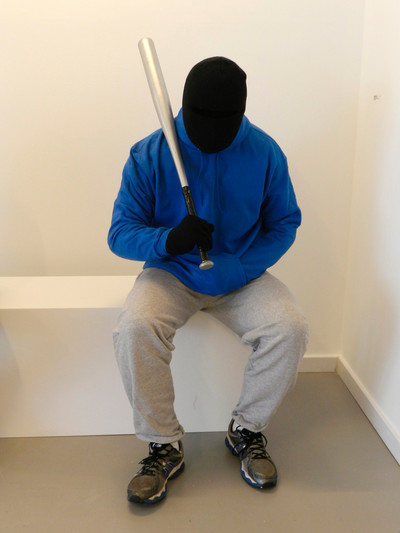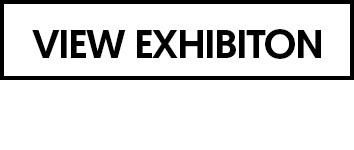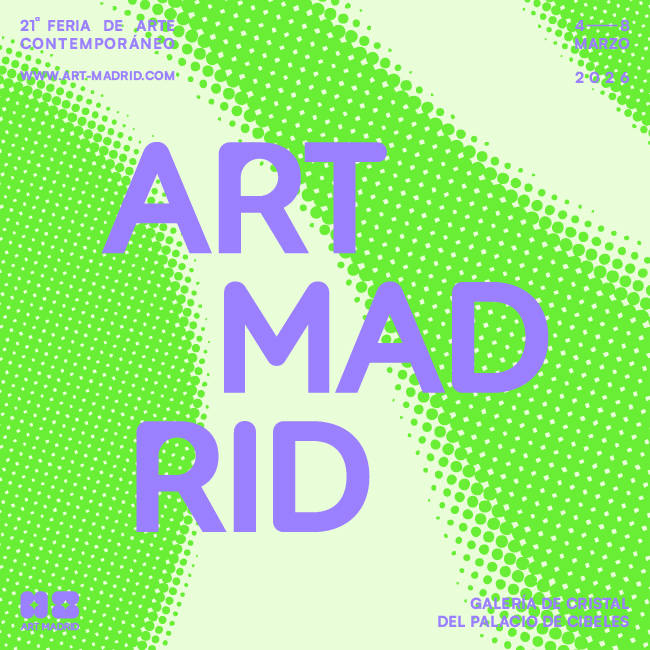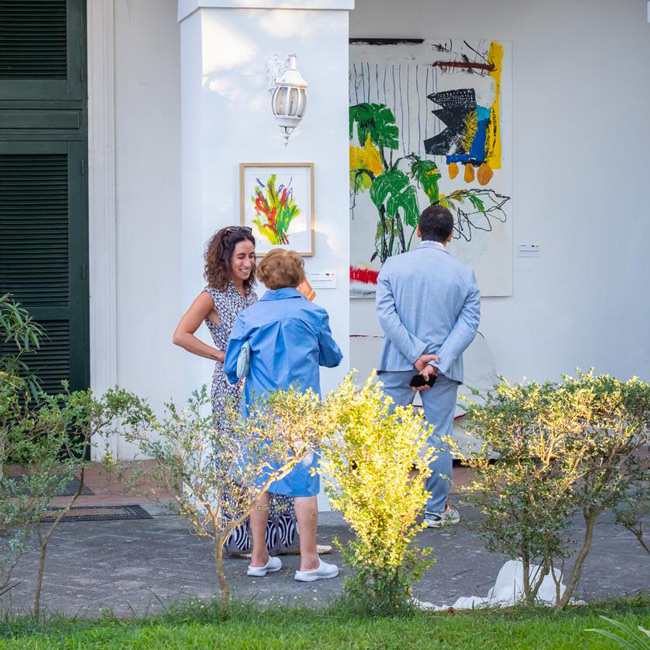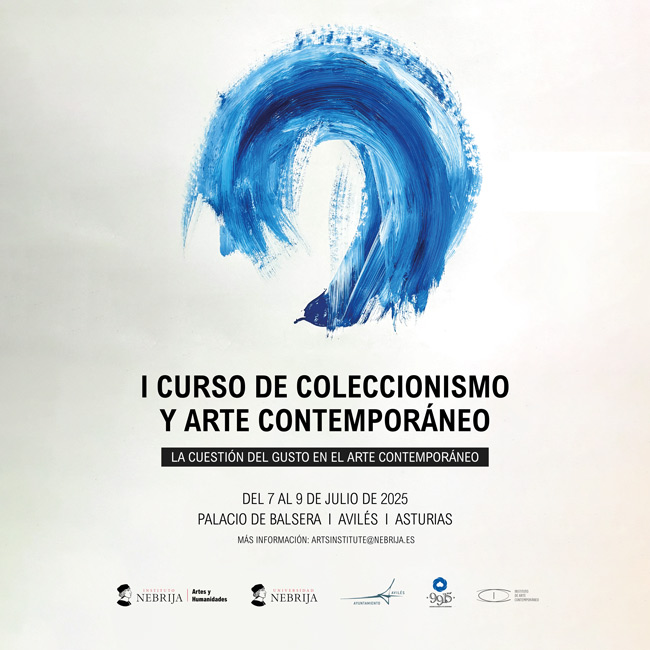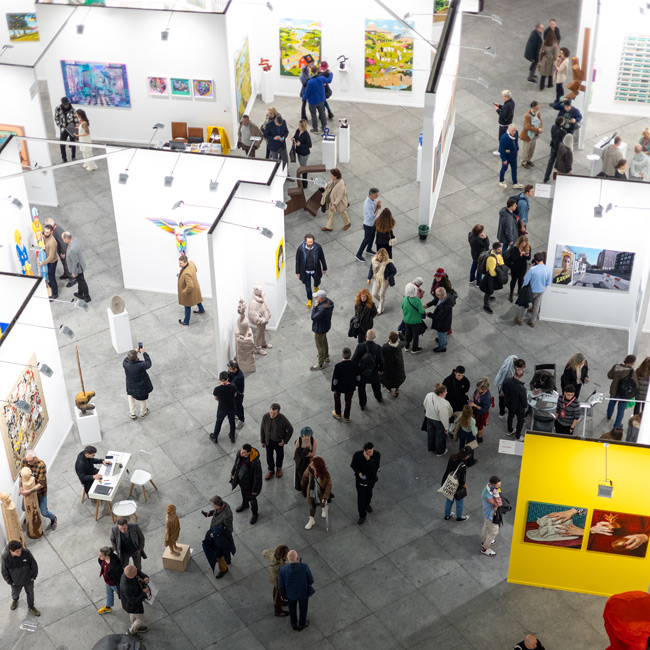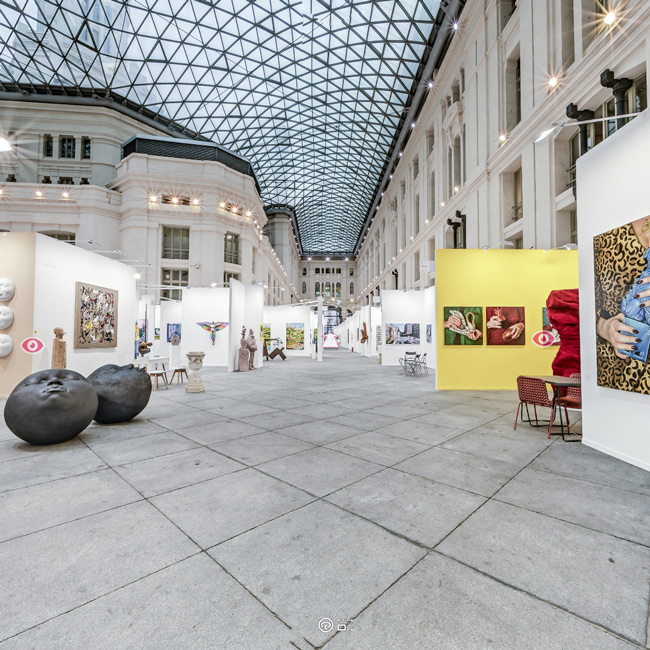URBAN ART ICONS, CHAPTER I
May 10, 2018
exhibitions
Within the exhibition "Urban Art Icons", we approach the work (and personality) of Blek le Rat, The London Police, Shepard Fairey and Mark Jenkins. The vindication role of urban art leans on many referents of our society to build a impact message. In the construction of the narrative, the artists resort to different techniques and aesthetics, and in the case of these four artists, their works usually resort to a unique concept, which they reinterpret and use to feed their discourse.
BLEK LE RAT
Blek le Rat is one of the first artists who made of Urban Art what it is today. His jump into the streets came after having studied at the School of Fine Arts and Architecture, in Paris. Despite his academic training, his revolutionary spirit prompted him to make the city his own particular canvas, before leaping to international action. His first works were made directly on the walls of the French capital, which earned him a conviction for damages on the property. From that moment on, he began to work a new technique, the stencil, with such a success that street art of the late 2oth century could not be understood without this tool. His glued works, instead of painted on the walls, were the ideal vehicle for his artistic narrative, where the message of political denunciation was a constant.
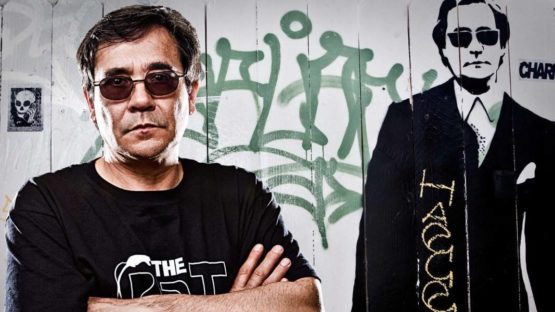
The political and social iconography characterises the imaginary of the French artist Xavier Prou. Rats and soldiers are the emblematic images associated with his work. The rat, animal that carried the Plague to the Middle Ages symbolises freedom, and Blek le Rat began to represent it to announce to the observer that the graffiti would spread worldwide, just like the Plague in the Middle Ages. The characters of the father of the stencil seek to move, stir consciences, the reaction to art, the provocation.

SHEPARD FAIREY
Shepard Fairey is one of the most representative artists of the American underground scene, although he prefers to call himself a populist and provocateur. Fairey's artistic style is unique, and it is inevitable to relate his works both because of his aesthetics and his topics with the propaganda posters used during Soviet Russia. The activist and revolutionary message of his works, in which he defends progress and justice in society, together with his singular iconography, have turned his work into a communication channel of enormous social repercussion through his impressions, stickers, murals and posters.
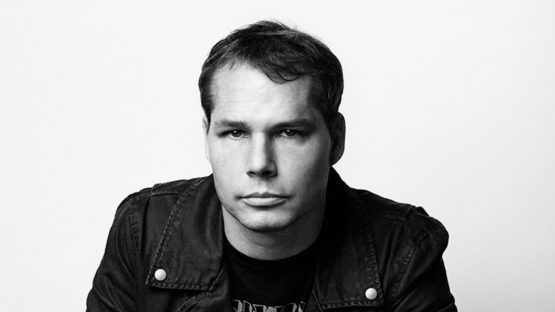
The creation of the famous poster with the image of the former American fighter "André the Giant" with the word "OBEY", was the definitive step for the American artist to take the leap to fame. Music, social and political criticism, popular culture and environmental issues are the most recurrent subjects in his artistic career. His influences are multiple: Andy Warhol, Keith Haring, street art, psychedelic rock posters of the 60s, musical icons such as Bob Marley or Sex Pistols. Some of these topics can be seen in works like "Vote" or "Earth Crisis".

THE LONDON POLICE
The work of the British collective The London Police, currently formed by the artist duo Chaz Barrisson and Bob Gibson, two of its founding members, is easily recognizable by its genuine "LADS" icons, characters with round heads, simple bodies and happy expressions. When they moved to Amsterdam in 1998, they were called to modernize the decadent streets of what was the world capital of drugs.
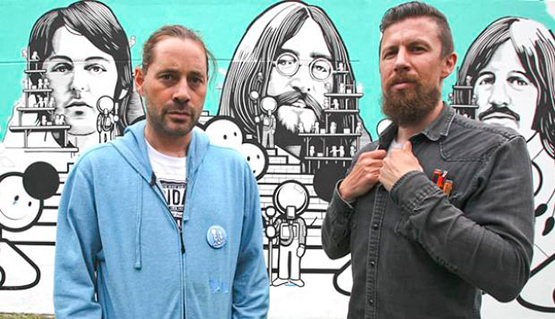
TLP has invaded the urban spaces of many cities with murals in which they combine circular and linear elements in black and white, characteristic "boys" and architectural illustrations. The London Police's works have gone from street walls to the walls of galleries in more than 35 countries around the world, examples of which are their drawings in indelible ink on canvas such as "Keith Egg Peterson rides again" or "Samurai Magic ".

MARK JENKINS
Although urban art easily identifies with mural work, graffiti and painting, it is more difficult to specialise in sculpture within this discipline. However, the main line of work of Mark Jenkins, an installation artist who dares with the urban space and who usually takes advantage of the elements of the city to create a coherent and witty critical discourse. Born in Virginia, his first work started in Rio de Janeiro, where he began experimenting with plastic and tape to create hollow figures interacting with the environment. In 2005 he returned to Washington to start a collaborative project with artist Sandra Fernández: "Størker project". With this proposal, the duo Jenkins and Fernández invaded the streets of many cities with small figures of babies made in transparent plastic that created an active dialogue with urban elements.
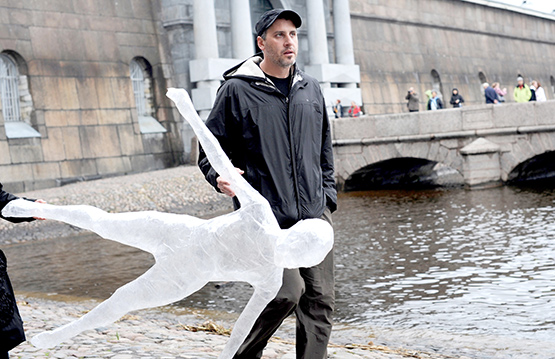
The subsequent work of this artist continued to evolve to incorporate new materials, merge techniques, and experiment with new proposals, risking more and more with the dimensions of the works and the scope of their impact on the city. One of the milestones that have most marked his career was his collaboration with Greenpeace since 2008. From that moment on, a significant change in Jenkins' narrative discourse is evident. His projects transformed into art complaint where awareness of the environment and the free use of the weapons are recurring themes in his work. This is what happens in "The Dugout Blue" or "Boys 2 men", pieces in which the artist questions the double morality of Western society about who is authorised to use weapons and who does not, or how anonymity allows transgressing the rules based on fear and ignorance. His hooded figures delve into the icon of the anonymous terrorist while posing the paradox of arming their characters with water pistols. An acid criticism of the collective behaviour of xenophobic reaction, distrust and boom of ultra-rightist movements that are gaining ground in the 21st century.


